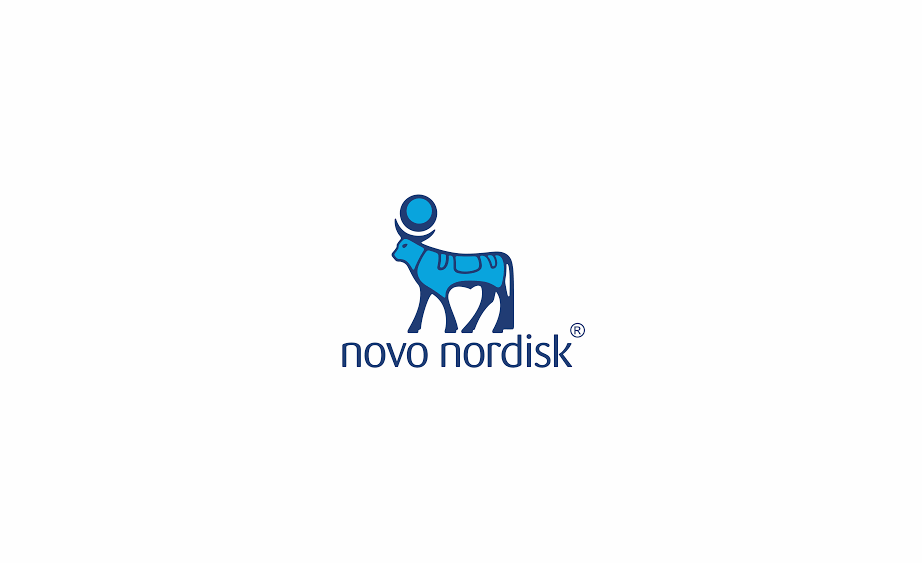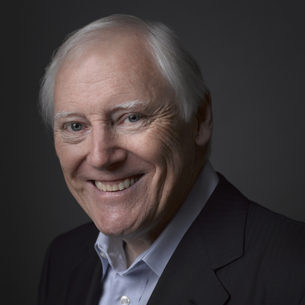“To be authentic is to be the same person to others as you are to yourself. In part that entails paying attention to what others think of you, particularly people whose opinions you esteem and who will be candid in their feedback”. – Daniel Goleman, Harvard Business Review
Developing as a leader requires sustained effort every day. We need to understand our own personal brand, to be willing to learn – and tactical about changing our behaviours. And we need to lead from a position of strength.
There is no ‘one size fits all’ approach, no silver bullet. No job title, training course or policy which transforms someone into a leader. Whilst it may be tempting to emulate leaders we admire, our predecessors or mentors, this is a road to nowhere.
“There is no single leadership culture, no single leadership policy, philosophy or tenet which applies everywhere.” – John Williams, ILM Chief Executive
When it comes to personal development, we are far more motivated and effective when working to our own strengths. Strengths-based management practices have been shown to boost sales, profits and engagement.
In Belbin terms, this means leveraging your behavioural strengths in the best way to meet your goals.
As Max Isaac (Belbin North America) says: “It’s not about the cards that you’re dealt. It’s how you play your hand”.
The Belbin report identifies a number of preferred or natural ways of working – these form the basis of our Team Roles leadership styles. But there are also a number of manageable roles: hidden assets that we take for granted and can cultivate with a little effort. These are the ‘Ferrari in the garage’ or, to use another metaphor, our hidden leadership superpowers.
For example, someone with strong Completer Finisher behaviour may have made their mark by promoting high standards across an organisation that was once slapdash and error-prone. But others might see and value Monitor Evaluator behaviours – the same person’s talent for strategic thinking and prudent decision-making. Armed with this knowledge, leaders can cultivate their behaviour plan – their strategy for bringing those behaviours to the fore and aligning their self-understanding with others’ views.
The Belbin report identifies a number of preferred or natural ways of working – these form the basis of our Team Roles leadership styles. But there are also a number of manageable roles: hidden assets that we take for granted and can cultivate with a little effort. These are the ‘Ferrari in the garage’ or, to use another metaphor, our hidden leadership superpowers.
One Belbin Individual report costs just £42.
This idea is in keeping with the theory of situational leadership developed by Ken Blanchard and Paul Hersey in 1969. According to situational leadership theory, we don’t have to rely on one static leadership style. Rather, we can adapt our leadership style to meet the needs of a particular situation or team.
To do this – and see the impact in our leadership style – requires consistent commitment to strengths-based initiatives and willingness to adapt.
Belbin helps develop leaders wherever they are within an organisation, by helping people understand their strengths and how to work on their own personal ‘brand’.
Once leadership has grasped the full potential of unleashing and aligning strengths, the trickle-down effect within the organisation can be powerful. Only by making strengths-based practices a fundamental strategic priority can leaders hope to instigate real change.
And leadership skills are practised and developed in relation to others too – there can be no leadership without a team to lead.
Our clients, pharmaceutical company Novo Nordisk, wanted to ensure that their leadership programme focused not just on personal development or executive education, but on situating leadership within a team context.

“Leadership in a team setting is much less about command and control, and more about getting the most out of a diverse and experienced group of individuals.” – EY, 2013
In his book, Team Roles at Work, Meredith Belbin describes the difference between solo an team leaders.
“The team leader does not expect to be wiser, more creative, or more far-seeing than colleagues, and in consequence is humbler than the solo leader. For that very reason the team leader seeks talent in order to compensate for any personal shortcomings and to improve the balance of the team.” – Dr Meredith Belbin
Distributed or rotated leadership takes this one step further, suggesting that the person best equipped to lead is the one who is best placed to do so, rather than someone with a particular job title or level. The disadvantages of ‘command and control’ or solo leadership are well known and documented, but many executives are cautious of distributed leadership. They might understand the importance of empowering teams with decision-making, but are nevertheless afraid that disorganisation and chaos will result.
In order for distributed leadership to feel like a viable and safe option, strong foundations must be in place. These include purposeful selection and development of the team, knowing the strengths of each individual, and cultivating trust, accountability and psychological safety. Without careful attention to these factors, handing over responsibility could yield unpredictable results.
A strengths-based tool is a natural fit with distributed leadership, since it gives teams – and executives – the confidence to pursue projects and build teams on purpose, with the talents needed to lead the project through each stage of its life cycle. Leadership roles can be fulfilled by anyone, no matter their Team Role strength. If they know those strengths and can use them to advantage, they are likely to be effective leaders.
Making distributed leadership work can require a more wholesale change in the way the organisation functions – namely a more democratic approach. Deborah Ancona writes for Harvard Business Review on the importance of balancing power and control, so that new opportunities can be seized without a lone actor exposing the organisation as a whole to undue risk.
In innovative start-ups, entrepreneurial leaders are expected to:
Transactional leadership (sometimes called managerial leadership) posits that the responsibilities of a team leader are to manage team members’ performance in a structured environment to achieve group goals. This authoritarian style of leadership uses rewards and punishments to motivate followers to complete specific tasks – the ‘telling’ style of leadership.
“Team leadership is the only form of leadership acceptable in a society where power is shared and so many people are near equals.” – Dr Meredith Belbin, Team Roles at Work
Perhaps you know where you want to start, and that’s by becoming a Belbin expert.
Becoming Belbin Accredited gives you the knowledge and practical know-how to start using Belbin reports and to help your leaders.
© Copyright 2023 3Circle Partners
DBA Belbin North America
All rights reserved.


Patrick offers more than 25 years of experience with some of the most successful businesses in Europe as a consultant, change manager and executive coach.
